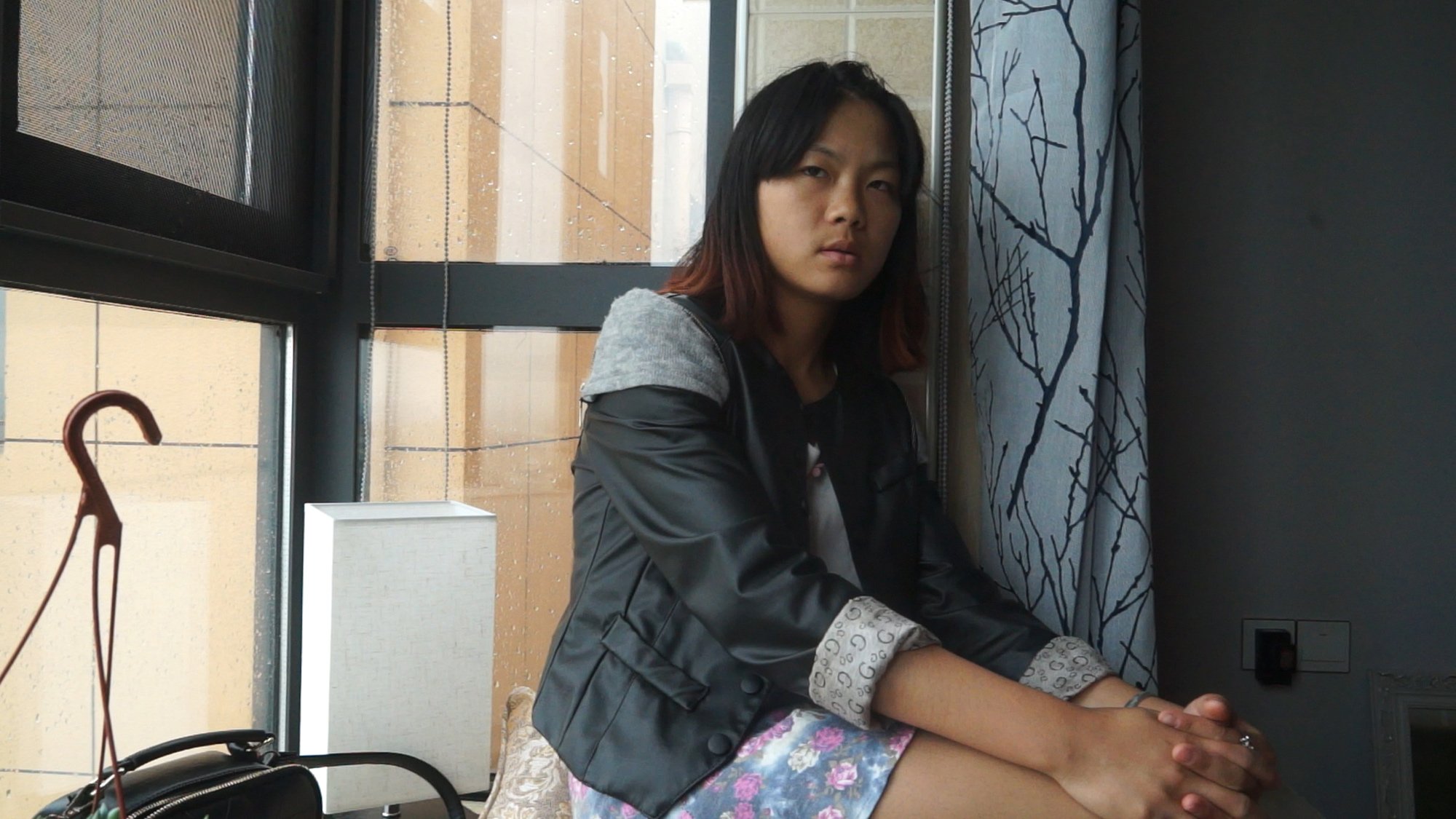New York Film Festival 2021
FILM AT LINCOLN CENTER, NEW YORK, NY
SEPTEMBER 24 - OCTOBER 10, 2021
Drake Stutesman
Some films to see:
ALL ABOUT MY SISTERS
2021
Wang Qiong
USA
175 min.
Wang Qiong’s documentary about her family, All About My Sisters, is in a category by itself. Director, cinematographer, editor, sound mixer, interviewer and participant, Wang shows immense talent in all her roles. She absorbs the difficulties of the documentary form by reflecting various genres, making a film that emerges as something unusual. It is not an essay-film but is similar. All About My Sisters, in looking at Wang’s family through the realities of society, misogyny, and belief, is both an art film and a political film. But it is not in the genres of either.
Focusing on her family, who run a photography shop in Ji’an, a small city in southern China where Wang was brought up, the film concentrates on the life of her half-sister, Zhou Jin, who, as an infant, was left to die on the street, a practice of China’s One Child Policy, instigated into law in 1980 and removed in 2015. Only weeks old, Zhou was near starvation when taken in by her aunt and uncle and brought up not far from her real parents and siblings, who knew where she was.
Wang uncovers many consequences of China’s One Child Policy that forced families to have a single child. As Wang states in the film: the “One-Child Policy was in the Chinese constitution since 1982. The 1990s were the harshest decade of the policy.” Thousands of girls, considered less valuable than boys, were abandoned. Misogyny is a driving motive, and poverty (people unable to feed another child), but complicated inheritance laws, in which only boys could inherit, is another. The film shows the complexities of the lived life of Wang’s own family, and, in the case of her half-sister, the lived life of a person who had survived the law. Zhou Jin still feels its trauma and has remained in a kind of limbo, personally and socially. The film, in part, is a way in which Wang tries to come closer to her. The experience of loss, estrangement, and trauma is something that is common to most cultures and a major aspect of why the film works. Another way that it works, is by not having common elements.
Wang, familiar with both the United States and China, draws outsiders into Chinese culture, and expels them. What is revealed in the film is the complexity of Chinese rules, laws, routines, denials, and acceptances, but also how tangled, inexplicable, suitable, and unsuitable any culture’s customs are. To the outsider, much of their context are lost in translation. The narrative structure of All About My Sisters is almost rambling, and this leaves the story hanging, as it were. In this mode, Wang unravels the family story and ravels it back up and unravels it again. She opens and closes the story formally, especially using lighting, and that also is part of the narrative. Wang often shoots under the full ambient light of a room, where many people come and go, and this makes the scene mundane, even bland, and the people become one as a group. Conversely, Wang will light one person in an interview with a technique used by Caravaggio, taking a single strong white to light the head. This lighting illuminates the whole but it sharpens the edges so that they shine out, and show a person as a detailed, but semi-obscured, self. Using these unique juxtaposed devices, among many, Wang allows the documentary form to be her own.
Must see. A brilliant film about China, family, prejudice, and culture that is accessible to anyone.
PRISM
2021
Eléonore Yameogo, An van Dienderen, Rosine Mbakam
Belgium
78 min.
This unusual film, Prism, created by Eléonore Yameogo, An van Dienderen, and Rosine Mbakam, in its World Premiere at the New York Film Festival, offers a unique mix of performance art, interview format, tableau staging, split or checkerboard screen, re-enactment, and political theater. In the film, the experience of being Black in today’s white world dominates but it is approached through both personal experience and cultural mindset. Looking at racism, especially in European colonial history, the film also uses color—skin color, the color palette, and color itself—as an ever-present quality. This use of color as an imaginary space and as a material substance is so inventive that it presses color’s ‘presence’ forward into the film and its effect, subliminal and very up front, presses on the viewer. Deceptively simple, the film looks at colonialism and Black life through a series of motionless performances, in tableau form, often by one or two people, and costumed characters in modern dress or 18th century clothing, as well as the real women who were the film’s creators, using direct address and voiceover. There is a tonal palette of whites, beiges, and browns that alludes to the alleged palette of skin tones that a white population has created, which is very much the focus of the film, and also alludes to the heavy cotton fabrics that were the common cloth of the 17th, 18th and 19th century trades, and the enslaved and impoverished laborers that were the foundational economic drivers.
Must see.
An inventive, absorbing film on race, history and creativity.
SONGS FOR DRELLA
1990
Ed Lachman
USA
55 min.
The spectacular art piece, Songs For Drella, of John Cale and Lou Reed playing their music of Songs for Drella, on stage with no audience, is made by renowned cinematographer Ed Lachman, well known for his work with Todd Haynes. Lachman’s Songs For Drella is a sensual artwork that, in fifty-five minutes, brings a new power to the filming of a sound performance. Shot from multiple angles and with multiple set pieces, including back projection and lighting made of hot primary colors, the film is also direct and simple. It is beautiful and haunting and captures the songs as not music alone, but the feeling of the musicians. The New York Film Festival is screening this restoration to accompany Todd Haynes’s The Velvet Underground, a perfect pairing, but Lachman's achievement also stands on its own.
Must see. Beautiful and haunting film by Ed Lachman of Lou Reed and John Cale playing their Songs for Drella, an homage to Andy Warhol.





